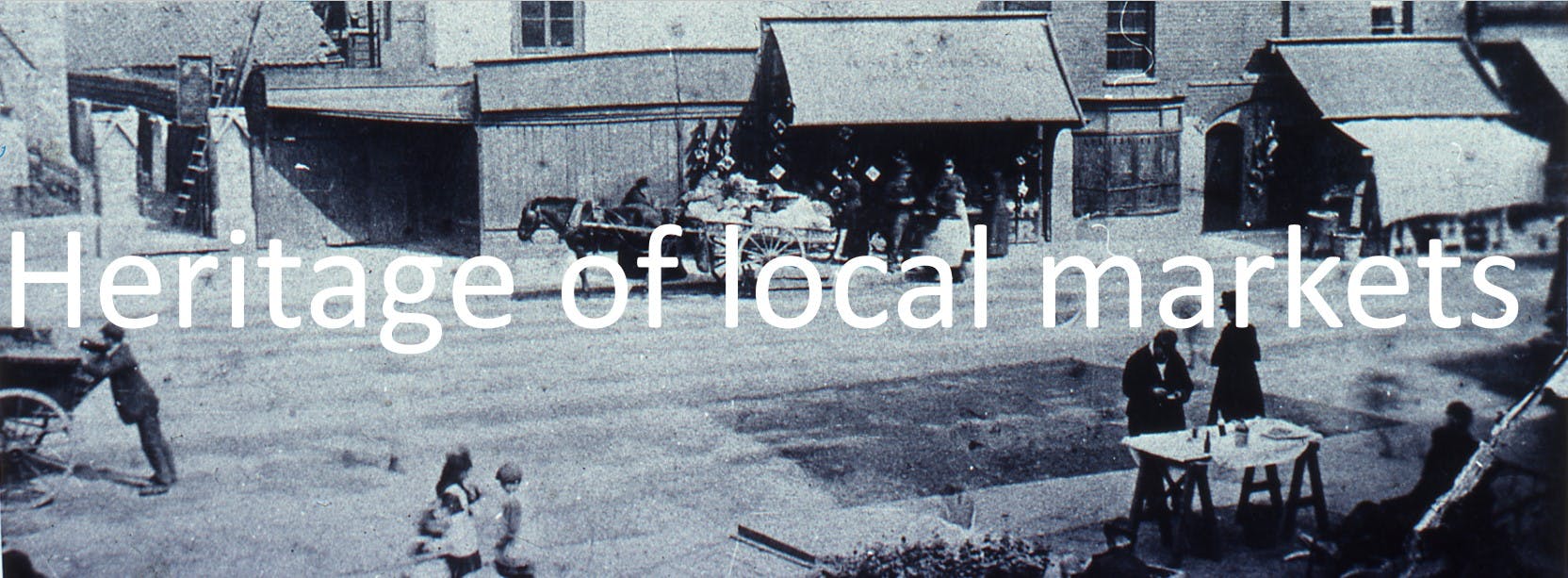Heritage of the borough's markets
The rights for a market in Barking were first mentioned in a charter of King Henry II and the earliest records of the market are 1175-79. The original market was owned by Barking Abbey until the dissolution of the monasteries by King Henry VIII, when it passed to the crown. In 1567/68 Queen Elizabeth I, as Lord of the Manor of Barking, paid for the building of a market house, which was also known as The Leet House, close to the abbey ruins.
In 1616 the ownership of the market, market house and other buildings was conveyed to Samuel and John Jones, who settled them in trust for the parish. Some market rights were retained by the crown and included with the Manor of Barking, when granted by King Charles I, to Sir Thomas Fanshaw, in 1628. The Elizabethan market house and 24 shops were given to the churchwardens and others, in trust for the poor of the parish in 1661.
By 1850 the Market Hall was used as the Town Hall and later demolished. The income from the external market stalls gradually decreased and the market ceased to exist when abolished by the government in 1875. St Ethelburga’s Fair, celebrated since medieval times, also ended that year.
The marketplace had been the nucleus of the town, but with the coming of the railway, trading had moved toward the station. From 1931 there was a Broadway Market, which ran behind the shops on the south side of East Street and operated until the mid-sixties. It included dead rabbits hanging for sale and horsemeat, live eels, a record stall, Arthy’s Bakers and seasonal fruit and vegetables.
Blake’s Market was a covered market with entrances on East Street, beside the old swimming baths, and via the alley on Ripple Road. This opened in 1922 but was destroyed by fire in 1971 and was replaced with The Arcade.
Barking Town Centre Market which re-opened in 1991, following an Act of Parliament, can now be found in East Street and surrounding streets. It is a thriving market of over 100 trading positions, managed by the local authority.
Dagenham Sunday Market ran from 2002-2020 and was managed by Charfleet. After its closure several stalls have moved to Havering's Romford Market. Research is being undertaken on earlier Dagenham markets.
As well as its ancient market heritage, the Borough’s future is bright with the City of London’s wholesale markets which will soon be welcomed to the Borough.

